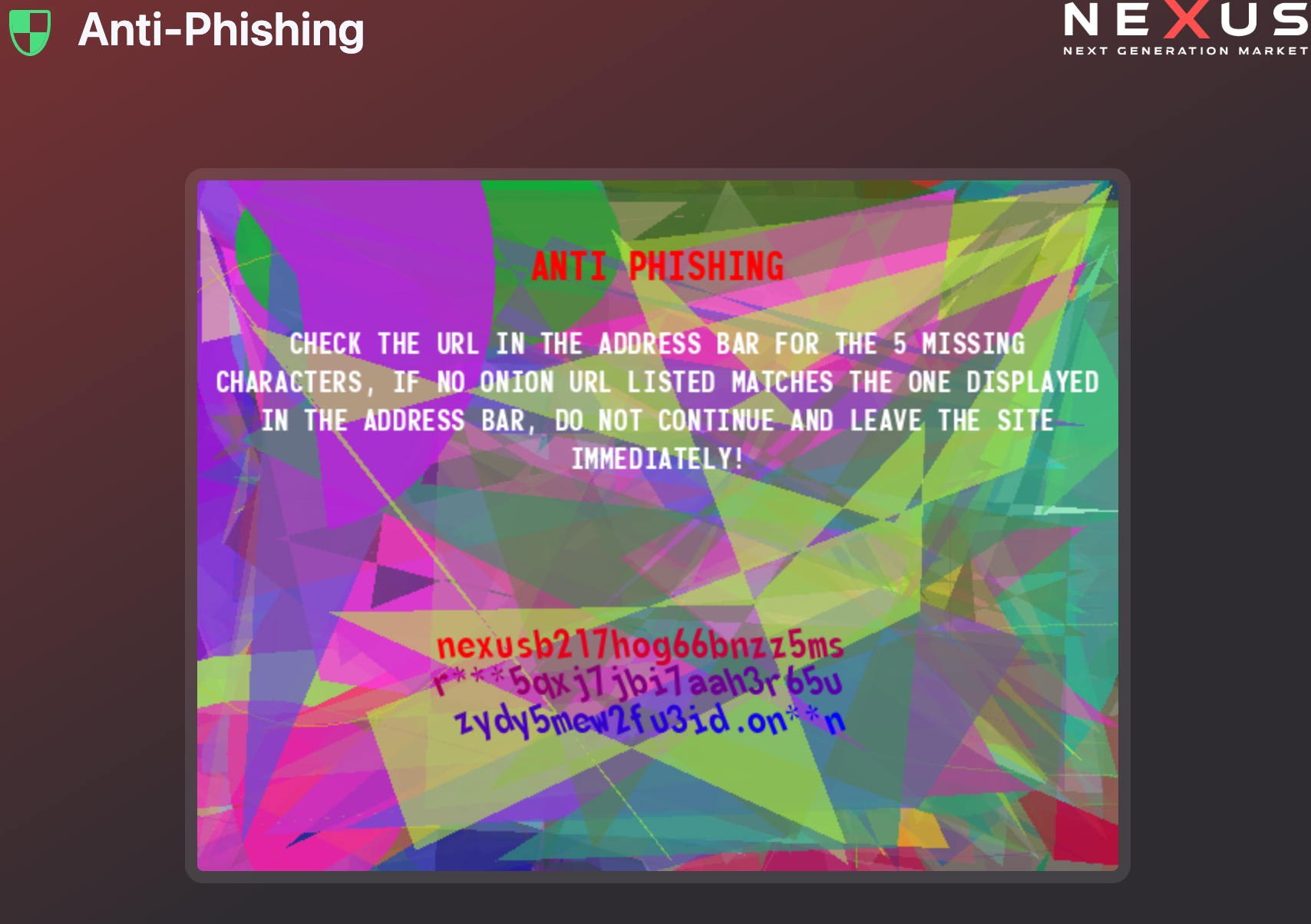Underworld Bazaar: The Ascent and Decline of Dark Web Trade
Recently, the deep web has surfaced as a virtual underbelly of the internet, a place where privacy prevails and forbidden transactions flourishes. darknet markets url Dark web markets, often referred to as hidden markets, have captivated both participants and governments alike with their secretive products, ranging from narcotics and illegally obtained data to personal services and firearms. The attraction of these markets lies not only in their offerings but also in the decentralization of transactions, allowing users to engage in commerce without conventional supervision.
However, the rise of these underground platforms has been met with growing examination and crackdowns from law enforcement agencies across the globe. As authorities become more adept at breaking into and dismantling these operations, the landscape of dark web trade is in constant flux. This dance between innovation and control defines the course of the underworld bazaar, where new markets rise from the remnants of old ones, and the rhythm of anonymity and visibility continues to shape the underground web.
Beginnings of the Deep Web
The genesis of the dark web can be traced back to the initial times of the internet when privacy and secrecy were paramount concerns for creators and internet participants alike. In the mid-1990s, the United States Naval Research Laboratory created the Tor initiative to facilitate protected interactions for government entities. Tor, which represents The Onion Router, was developed to protect the identities and positions of its users by routing internet traffic through various servers and securing data at each step.
As the technology matured, the prospects for the deep web expanded. By the early 2000s, individuals began to use Tor for more than just secure interactions. It became a refuge for those wishing to discuss sensitive topics without fear of monitoring and restrictive oversight. This led to the rise of multiple platforms and discussion boards where users could engage in secrecy. The attraction of privacy drew a diverse crowd, from activists and reporters to individuals seeking a method to participate in forbidden practices.
By the late 2000s, deep web markets began to prosper. These online bazaars offered a variety of goods and services, from illegal narcotics to cybersecurity tools. The use of digital currencies for exchanges further facilitated this underground trade, as it enabled additional levels of secrecy. As deep web markets gained notoriety, they became a key focus for police forces, igniting a cat-and-mouse game that ongoes to this day.
Central Figures in Dark Web Marketplaces
The environment of dark web marketplaces is shaped by various key players who add to its distinct ecosystem. Sellers are often skilled dealers who concentrate in niche items, ranging from illegal narcotics to forged goods. They utilize cryptography and secrecy to protect their profiles while navigating the complexities of darknet transactions. Some merchants establish a presence through buyer feedback, which can greatly impact their ability to capture buyers and maintain a profitable operation.
Buyers in dark web markets are also motivated by varied reasons, including access to goods that may be forbidden or hard to find in mainstream retail. These individuals are commonly tech-savvy and apprehend the importance of maintaining anonymity, often using digital currencies to carry out transactions. Some clients are adventurous consumers seeking new experiences, while others are determined, drawn to the appeal of acquiring controlled substances or other forbidden goods without the threat of discovery in the offline space.

Platform managers and overseers play a vital role in maintaining the operation of these platforms. They manage operations, apply rules, and make certain that transactions move forward smoothly. Many sites also provide support services, such as issue resolution and third-party payment services, designed to protect both clients and sellers. This threefold of players creates a vibrant environment where confidence and security are paramount, despite the intrinsic risks involved in the black market.
The Diminishing of Trade on the Dark Web
The decline of trade on the dark web can be attributed to heightened law enforcement efforts targeting illegal activities. Governments around the world have become more skilled at monitoring and charging individuals involved in transactions on the dark web. Operations like Silk Road and AlphaBay led to major arrests, which created a chilling effect on both sellers and buyers. As the dangers of participating in dark web markets grew, many users started to reconsider their participation in these illicit platforms.
A further reason contributing to the decline is the rise of alternative solutions for obtaining illegal goods and products. The dark web was once viewed as the chief path for such transactions, but developments in tech have led to the rise of easier-to-access black markets on the surface web. This shift has pulled many users farther away from the privacy and risks associated with dark web markets, opting for more accessible and perceived less risky options.

Finally, the general market flooding has contributed in the decline of dark web trade. As many new sites emerged, competition increased among vendors, often leading to a decrease in quality of products and trustworthiness. Buyers began to lose confidence in the decentralized market, realizing that the assured anonymity did not necessarily guarantee safety or quality. Coupled with the tightening of law enforcement and the arrival of new approaches, the dark web trade has witnessed a substantial downturn in user engagement and transaction volume.